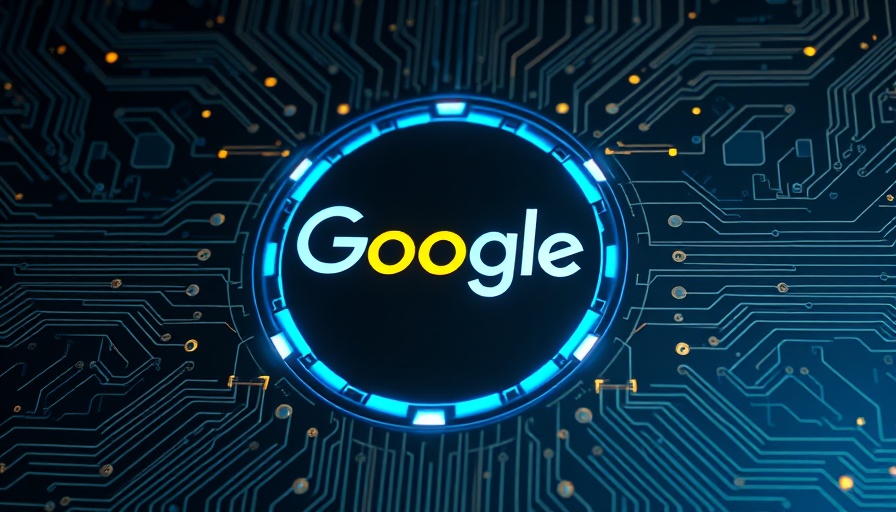
Understanding Common ChatGPT Mistakes
The rise of ChatGPT has revolutionized the way we interact with artificial intelligence, particularly for professionals in tech and marketing. With this powerful tool at our fingertips, however, comes the responsibility of using it effectively. Many users fall into common pitfalls that limit the potential of their AI-assisted interactions. This article explores the seven major ChatGPT mistakes, illustrated with actionable fixes that can enhance productivity and innovation in the workplace.
1. The Importance of Context
One of the most frequent errors made by ChatGPT users is providing insufficient context. While ChatGPT boasts impressive language comprehension, it does not inherently know your intent or the nuances of your request. To rectify this, be explicit: detail what you're discussing and specify the information you want. A successful strategy is to ask ChatGPT to assume a specific role, such as a consultant or educator, thereby streamlining the responses to suit your requirements.
2. Utilizing AI's Help in Structuring Prompts
Rather than starting from a blank slate, leverage ChatGPT to help build your prompts. For example, instead of simply asking the chatbot to generate an image of a cat, request it to draft a detailed prompt for you. This technique not only saves time but can inspire better creative concepts, enhancing the dialogue you have with the AI.
3. Engaging in Training ChatGPT
Another mistake involves underutilizing the 'training' aspect of ChatGPT. Many users overlook the importance of providing feedback or adjustments to improve the AI's future outputs. Engaging in this interactive process can lead to more refined and tailored results, which is particularly valuable for mission-critical projects.
4. Ignoring the Iterative Process
ChatGPT is not a set-it-and-forget-it tool. It thrives on iterative dialogue. Users often fail to follow up on responses, leading to one-dimensional outputs. Instead, utilize follow-up questions to dig deeper or clarify discrepancies. This back-and-forth can transform a general response into a more comprehensive and useful resource.
5. Not Fact-Checking Responses
Even with significant advancements in AI, miscommunication can occur, with ChatGPT sometimes fabricating information. Relying solely on its outputs without secondary verification can be dangerous, especially when developing business strategies or crafting narratives for clients. Always corroborate facts and figures before presenting them to stakeholders.
6. Failing to Customize Outputs for Target Audiences
ChatGPT can generate responses that cater to numerous audiences, but users often neglect to tell the AI about their target demographic. By clearly defining who the message is for – be it potential clients, team members, or a board of directors – you can guide ChatGPT to tailor its tone and content accordingly, making the communication more relevant and impactful.
7. Limitations of AI: Understanding Its Boundaries
Lastly, awareness of ChatGPT's limitations is crucial. While it's advanced, it's not infallible. Users might incorrectly assume that it has all the answers, which can lead to disappointment or miscommunication. An educated approach involves understanding the AI’s capabilities and recognizing when human input is indispensable for nuance, empathy, or strategic guidance.
Maximizing AI’s Utility
For professionals, embracing these changes can drastically improve their engagement with artificial intelligence. By understanding common mistakes and proactively addressing them, you not only enhance your efficiency but also leverage AI to unlock new creative opportunities and solutions. Now is the time to refine your interactions and maximize ChatGPT's potential in your workflows.
 Add Row
Add Row  Add
Add 




 Add Row
Add Row  Add
Add 

Write A Comment